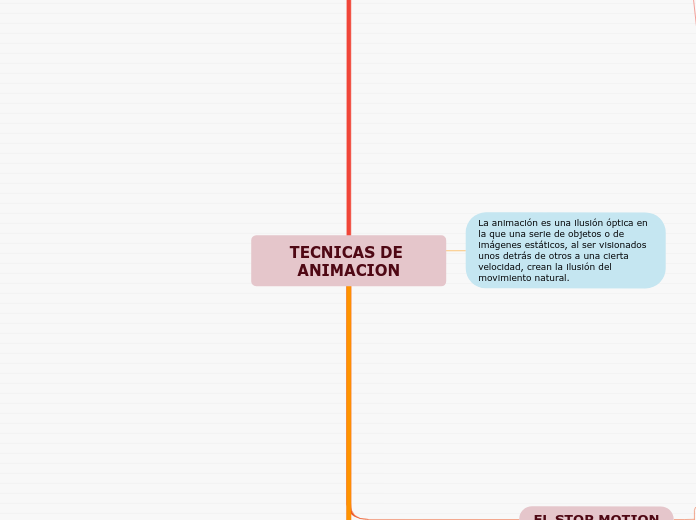によって Juliana Romero 5年前.
478
TECNICAS DE ANIMACION

によって Juliana Romero 5年前.
478

もっと見る

To name your story, you have to think about the overall message and what you want your audience to understand from the story. Also, make it relevant and easy to remember.
The ending of a story is essential. We all know that if the ending is weak, what happened before loses its importance. So make it unpredictable, but fair. A resolved ending answers all the questions and ties up any loose threads from the plot.
This is the closure section of the story.
See examples of possible outcomes below:
Try answering these questions to come up with a closure:
- Have all the problems been solved?
- Is there a clear picture of what happens with each character in the story?
- Has the challenge transformed your main character?
- How do the characters feel in the end?
This is the moment when the main character surpasses the last obstacle and finally faces their greatest challenge.
The climax usually follows one of these patterns:
Type in your answer.
The middle of the story is where you add layers of complications that will lead to the end. Reveal more about the character's journey. Did their personality go through changes? How did they overcome the challenges? And as you build up the story’s central conflict, make it more personal to that character. Also, from the middle act, you have to lead into the final act.
Your character(s) need(s) motivation in order to solve the challenge(s).
Secondary characters might also have motives that lead them to cross paths with the main character or which might trigger them to help the main character.
En 1940 Disney debuta Pinocchio, su primer largometraje con el uso de cámara multiplano.
En 1937, Disney experimenta con la cámara multiplano en The Old Mill.
Why does your character need to confront this challenge? What does he/she expect to accomplish by solving it?
See a few examples:
1915 Los hermanos Fleischer crean el rotoscopio (sin patentarlo) y se unen a Bray Studios para hacer Out of the Inkwell.
1914 Winsor McCay introduce el primer personaje relacionable con Gertie y se usa por 1ra vez key frame animation.
There wouldn't be any tension and excitement in your story if there weren't any obstacles in your character's way.
Debido a la Gran Depresión, muchos empleados de la industria temían por su integridad y así se dio el sindicato de Screen Cartoonists Guild.
A story is nothing more than a character overcoming a series of difficulties to reach the desired goal. Obstacles usually create suspense and conflict. In overcoming obstacles, there is growth: weak becomes strong; hatred turns into love; sadness into happiness; wrong into right; lies into truth; or evil becomes good.
See a few examples below:
Debido a los reajustes económicos, Fleischer Studios fue absorbido por Paramount.
Debido a esta huelga, Disney se sintió traicionado por su familia y la confianza no volvió a ser la misma en la compañía.
En Disney, se perdieron alrededor de 15 millones de dolares y se trabajaba 6 días a la semana con diferencias abismales entre salarios.
Secondary characters also might have motivs beacuse of which they may cross path with main character or which might trigger them to help the main character.
1920 Walter Disney y Ub Iwerks empiezan un estudio que realizaba publicidades en periódicos y posteriormente crean Laugh-O-Gram Films.
1919 Pat Sullivan y Otto Messmer crean a Felix The Cat, quien llega a ser muy popular y se empezó a usar para la creación de películas.
Each story has a main character and that character usually needs to solve a problem or challenge. The character's challenge is the one that creates tension throughout the story.
In the beginning of the story (or the exposition), you will need to introduce the setting and characters. You might also want to introduce the main conflict. This part of the story is important because it gives the reader necessary background information and maybe even a first insight into a character’s personality.
The setting (time & place) of a story can change throughout the plot.
Receptor: destinatario del mensaje. Para interpretarlo será necesario que lo decodifique. Por lo tanto el receptor tendrá que conocer el lenguaje que el emisor ha utilizado para elaborar el mensaje.
Contexto: circunstancias que rodean la comunicación.
Canal: soporte físico en el que se transmite el mensaje
Mensaje: la información (ya codificada) que quiere transmitir el emisor.
Código: el lenguaje con el que se elabora el mensaje.
Which traits best describe the character's personality? Choose more if necessary:
Emisor: la persona que quiere transmitir una información (hechos, ideas, sentimientos, deseos). Para poder transmitir esta información tendrá que codificarla en un lenguaje y convertirla en un mensaje.
Characters are essential to a good story. Usually, the protagonist(s) is/are the most affected by the plot. Introduce a character by focusing on their actions, interests, and occupation, as the physical appearance doesn't make a difference in most cases.
Internet - Los videojuegos
La radio digital - La televisión digital
La fotografia digital -El cine digital
What is your character's main goal?
El holograma - La realidad virtual
Type in the name of your character.
el Dr. John Ayrton Paris pone a la venta en Londres el taumatropo. Primer juguete óptico que explota la persistencia de la imagen sobre la retina,compuesto de un disco y de hilos vinculados a las extremidades de su diámetro. Sobre cada cara hay un dibujo; al hacer girar sobre un eje el disco, se ven simultáneamente los 2 dibujos.
Choose the type of your chacter: